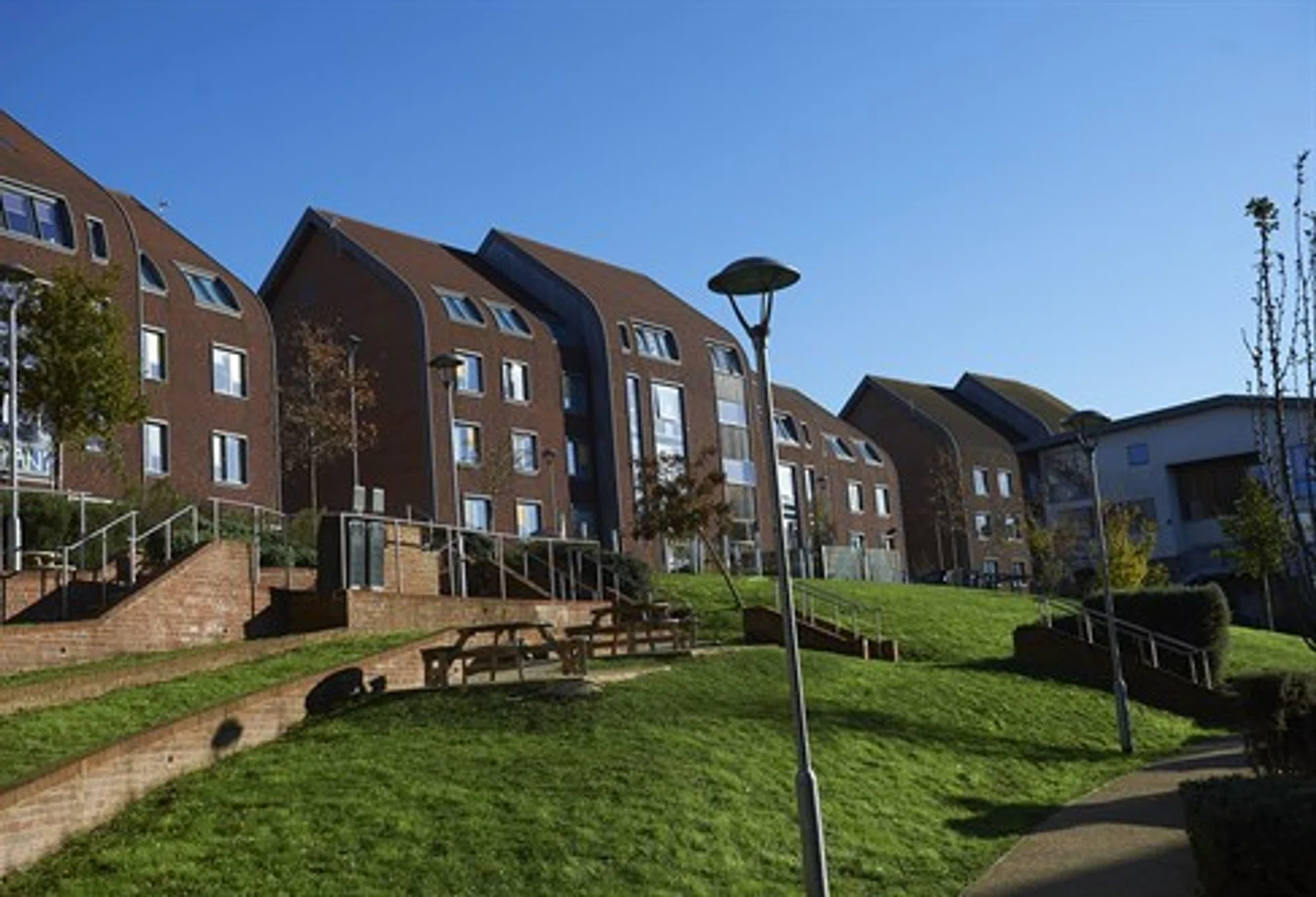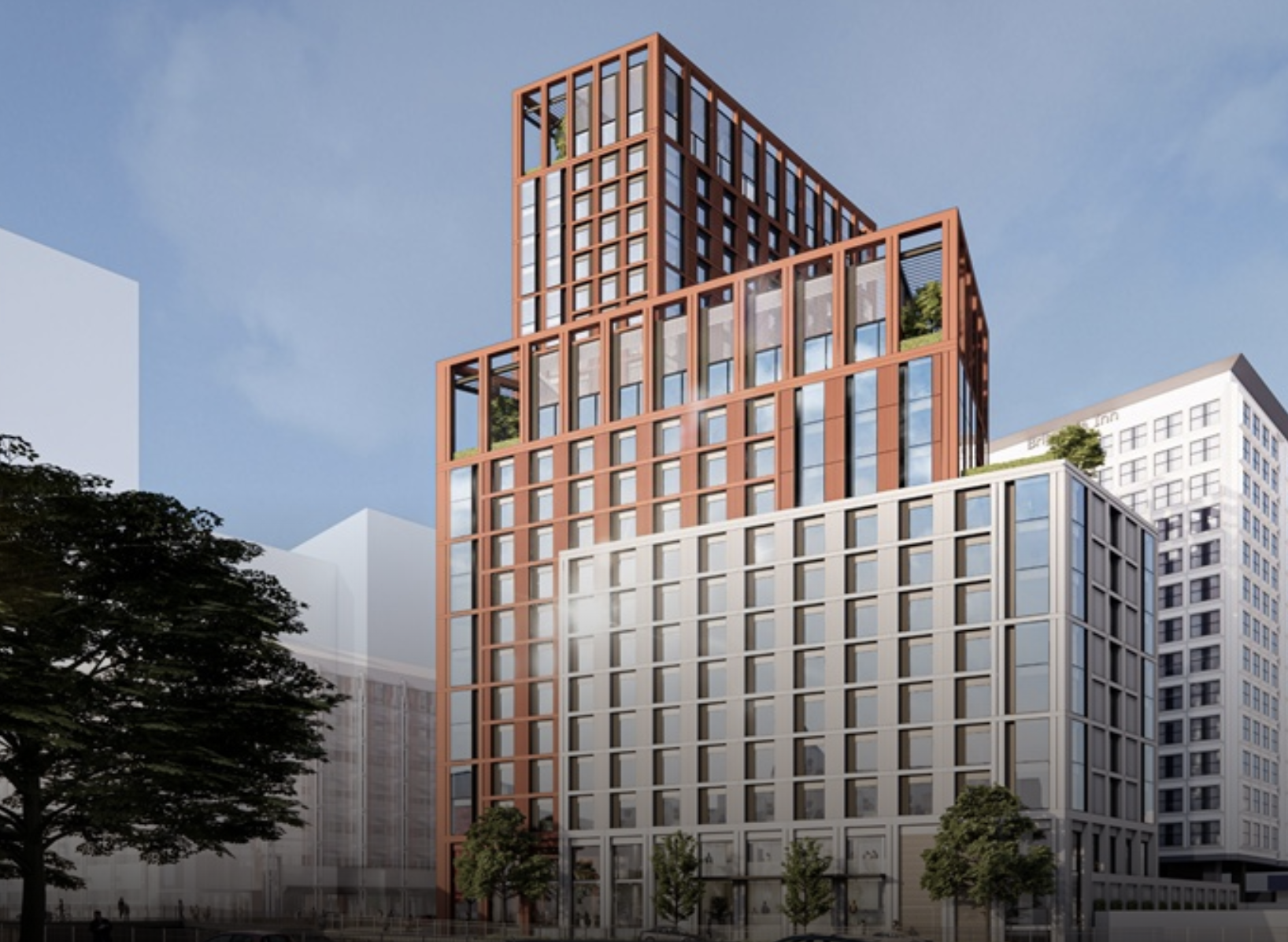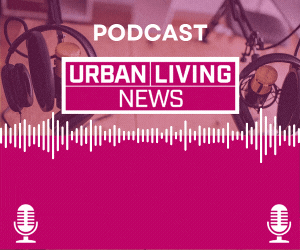UK: International student applications for UK courses have risen 2.7 per cent year-on-year, with Chinese applications surging by 8.9 per cent – indicating a potential return of international students.
According to a Knight Frank analysis of UCAS’s January 2025 Cycle Application deadline data, 600,660 applicants applied to university, up one per cent from 594,940 at the same point last year
International applicant numbers stood at 118,800, a 2.7 per cent increase from 115,730. The top three countries with international applicants are China (31,160 applicants by January 2025 compared to 28,620 at the same point last year (+8.9 per cent), India (8,740 vs 8,770 (-0.3 per cent) and USA (6,680 vs 5,980 (+11.7 per cent).
Notably, EU applicants are up by 0.3 per cent from 19,890 to 19,950 applicants. Although not a significant increase, it suggests a stabilisation in applicants from the EU which has fallen by more than 50 per cent since 2020, where this decrease was largely due to the treatment of EU students post-Brexit.
Neil Armstrong, partner and joint head of student property at Knight Frank said: “UCAS January 2025 Cycle data acts as a bellwether for what we expect total results will show. The marked uptick in Chinese international applicants showcases a return to international students prioritising the UK as a destination for further education. With the UK Government easing their stance on international students, it stands in stark contrast to more hostile rhetoric towards international students in other parts of the world, including Canada and Australia and potentially the US. The result is that individuals will see the UK as preferable to alternative global study locations.”
Higher tariff university applications were up 4.3 per cent; middle tariff university applications were up 0.3 per cent; and lower tariff university applications were down 3.1 per cent.
International applicants have a preference to apply to higher tariff universities, with 70 per cent of applications to higher tariff universities (up 5.5 per cent YoY) and lower tariff applications comprising only 11 per cent of the total (a reduction of 7.4 per cent YoY).
Armstrong concluded: “With preferences leaning towards Higher Tariff universities, UK-based and international applicants are looking to the UK as a source of high-quality further education.”
























